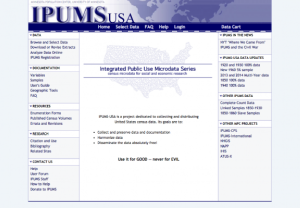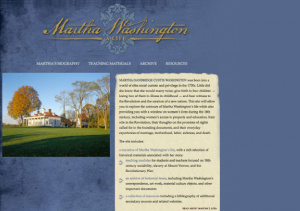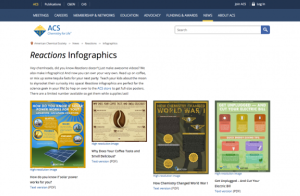 |
October 21, 2016 Volume 22, Number 41 |
Research and Education |
General Interest |
Network Tools |
In the News |
Research and EducationBack to Top | |
 |
|
 |
|
 |
|
 |
|
 |
|
 |
|
 |
|
 |
|
General InterestBack to Top | |
 |
|
 |
|
 |
|
 |
|
 |
|
 |
|
 |
|
 |
|
Network ToolsBack to Top | |
 |
|
 |
|
In the NewsBack to Top | |
Exciting New Developments in the World of Robotics | |
|
'Nano-machines' win European trio chemistry Nobel prize Robot surgeons and artificial life: the promise of tiny machines Nanoscale Machines: Building the Future with Molecules Robot stingray powered by light-activated muscle cells Heart Cells Are Bringing Robots to Life Robots Made with Living Tissue? That Future is Arriving Now http://now.howstuffworks.com/2016/10/11/robots-living-tissue-future-cyborg Recently, two different news stories have highlighted exciting developments in the world of robotics. First, on October 6th, the Nobel Prize Committee awarded its annual prize in chemistry to three scientists who have made important contributions to the development of nanoscale machines. Nanoscale machines are molecule size robots that scientists are able to manipulate through the conversion of chemical energy into mechanical energy. Many believe that nanomachines may have important implications in a variety of fields, including medicine. Nanomachines could be essential, for example, to developing more effective and localized cancer treatment. Meanwhile, a team of Harvard scientists, headed by Kevin Kit Parker, has recently developed an extraordinary "artificial creature" resembling a stingray by combining heart muscle cells with silicone and metal. By using biological material, the robot is responsive to light and is more energy efficient. Many are hopeful that this development, along with a similar project at Case Western Reserve University that utilized cells from a California sea slug to build a robot, could potentially lead to the development of an artificial human heart. [MMB] The first two links, from The Guardian and BBC News, respectively, take readers to articles that highlight the three scientists who were awarded a Nobel Prize for their contributions to nanoscale machine science. Those interested in learning more about nanoscale machines can check out a January 2016 lecture from the Royal Institution and Neil Champness, Professor of Chemical Nanoscience & Head of Inorganic and Materials Chemistry at the University of Nottingham. Moving along, readers can learn more about Parker's so-called "robot stingray" via an article from Science magazine. The final two links will take readers to two videos from the Discovery Channel and How Things Work that helpfully break down the science behind combining biological and robotic material and the potential uses of this development. | |





